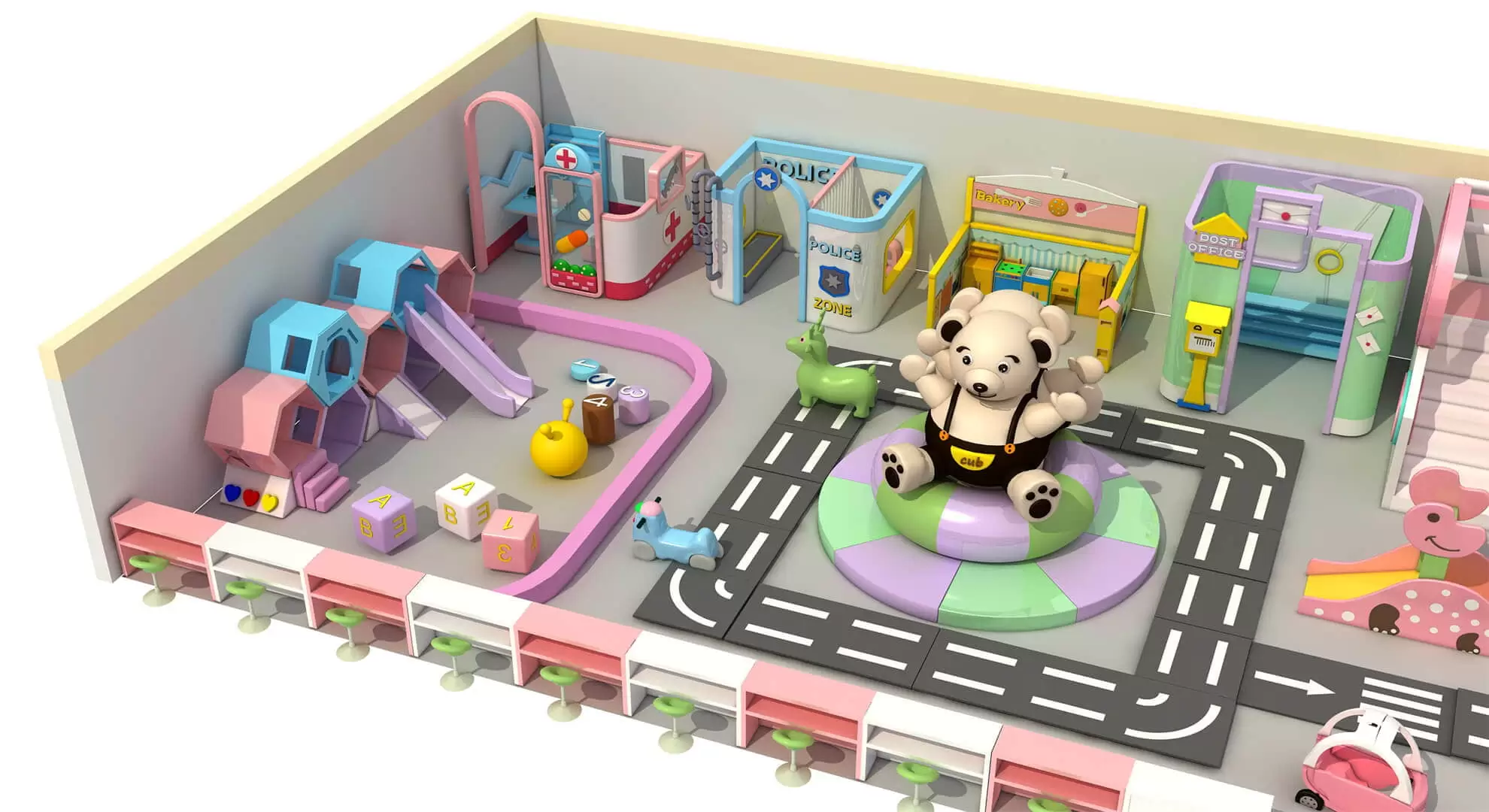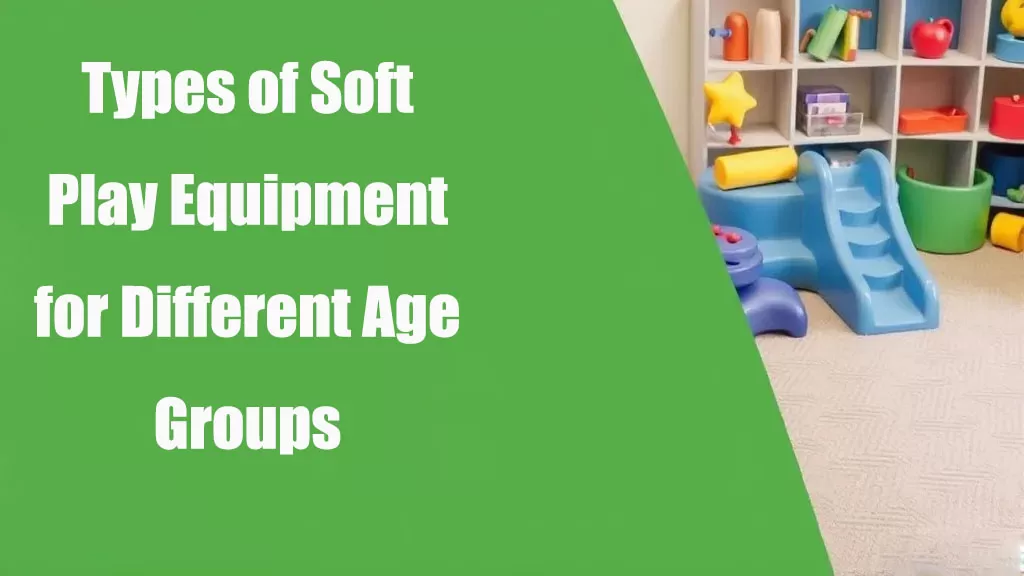Whether you’re managing a shopping mall, community park, or family entertainment center, selecting the right soft play equipment is critical for safety, engagement, and long-term success. At NanPlay, we understand that children’s developmental needs vary drastically by age and so should their play environments.
This guide breaks down equipment recommendations by age group, aligns with global safety standards, and offers actionable tips to create spaces where every child feels included.

Soft play zones are tools for physical, cognitive, and social development. A 3-year-old climbing a structure designed for 8-year-olds risks injury, while older kids lose interest in overly simplistic setups. According to the U.S. Consumer Product Safety Commission (CPSC), 70% of playground injuries involve falls, often due to equipment mismatched to a child’s abilities.
Key considerations:
– Motor skills: Crawling vs. climbing vs. complex coordination.
– Attention spans: Bright colors for toddlers; themed obstacles for older kids.
– Social interaction: Group play vs. solo exploration.

Focus: Sensory exploration, low-height structures
– Equipment Ideas: Soft crawl tunnels, textured mats, mini ramps (<12 inches).
– Safety: Avoid elevated platforms; prioritize cushioning (ASTM F1292 standards).
– Pro Tip: Use contrasting colors to stimulate visual development (CDC Infant Milestones).
Focus: Balance, creativity, role-play
– Equipment Ideas: Gentle slides (4-5 ft), foam building blocks, interactive panels.
– Engagement: Incorporate themes (jungle, space) to spark imagination.
– Case Study: A community center in Texas saw a 40% increase in repeat visits after adding a dinosaur-themed soft play zone.
Focus: Challenge, teamwork, problem-solving
– Equipment Ideas: Multi-level climbing structures, obstacle courses, interactive games (e.g., LED floor panels).
– Safety: Ensure guardrails on platforms >30 inches (per ASTM F1487).
– Maintenance Tip: Inspect nets and connectors weekly for wear.
Not all spaces can dedicate zones to specific ages. For blended areas:
– Zone Separation: Use color-coded flooring to signal difficulty levels.
– Modular Designs: Choose adaptable systems that let you rearrange components as needs evolve.
– Inclusive Features: Add wheelchair-accessible ramps and tactile elements for children with disabilities (NRPA Inclusion Guidelines).
– Surface Matters: Use impact-absorbing materials (rubber mulch, foam tiles) under all equipment.
– Daily Checks: Look for loose bolts, torn padding, or debris.
– Staff Training: Teach employees CPR and basic first aid – American Red Cross offers certified courses.
Investing in age-specific soft play equipment isn’t just about compliance—it’s about creating memorable experiences that keep families coming back. By aligning designs with developmental stages, you foster safer, more engaging environments where kids and parents feel confident.
For facility managers seeking durable, customizable solutions, brands like NanPlay offer ASTM-certified systems tailored to your space and budget. Start small with a toddler zone, then expand as your audience grows!
Further Reading
International Play Equipment Manufacturers Association (IPEMA)
Thank you very much for your inquiry! Your trust is our greatest motivation. We are committed to offering playgrounds that combine high quality with affordable pricing. Let us bring vitality to your venue!